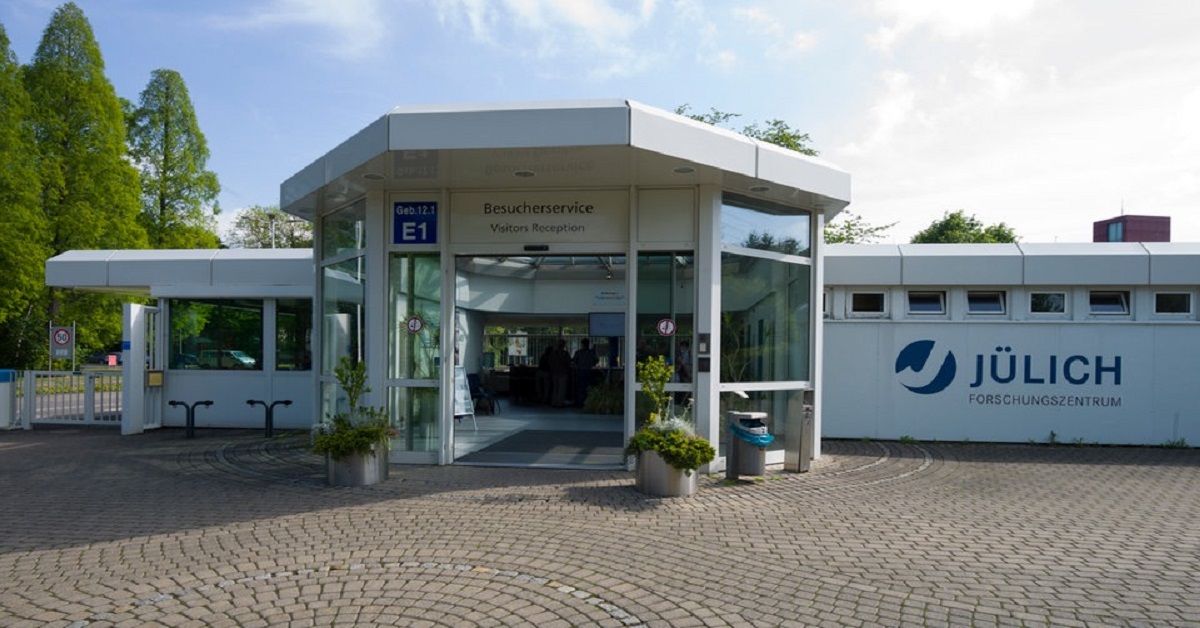Master thesis/Intership: Tuning aggregation of red blood cells and the shear induced break up
Red Blood Cells (RBCs) are the most abundant type of cells found in the blood. The major role of the cells involve transporting oxygen and carbon dioxide to and from tissues to lungs, respectively. In addition, they perform several important secondary functions. One of them includes aggregation in the presence of glycoprotein like fibrinogen resulting in blood clot and wound healing. The aggregation phenomenon of RBCs can significantly affect the blood flow and circulation. The normal blood flow is sufficient to prevent formation of aggregates. However, in low shear rates the aggregation of RBCs may occur into cylindrical shaped assembly called rouleaux. There are two proposed explanations for the mechanism of the RBC aggregation: bridging and depletion. In bridging, RBCs aggregate when the bridging forces, due to the adsorption of macromolecules onto adjacent cell surfaces. In depletion, the force between cells is due to osmotic pressure gradient between the lower polymer concentration area in depletion layer and a higher polymer concentration in bulk drives the cells together.
Some pathological factors may enhance aggregation One such factor is viral pathogenesis, which can affect RBCs function in several ways. Studies reported that the SARS-CoV-2 virus altered the membrane structure of RBCs, perhaps by altering its deformability resulting in cells poorly responding to environmental changes in hemoglobin oxygen saturation/oxidant stress. In other set of studies, thrombosis due to viral infections have been reported.
In this project, we are interested in investigating the aggregation phenomenon of RBCs in presence of different type of viruses. We have already shown how filamentous bacteriophage fd-virus, that infects bacteria E. coli, can induce aggregation of RBCs via depletion. We are keen to comprehend how viruses that naturally circulate in human blood flow, such as Adenovirus (Type 5), Rhinovirus (Type 3) and Human Coronavirus OC43, affect RBCs aggregation. To study the RBC aggregates, shape and deformation of cells, we combine ultra-fast confocal microscopy with a home-built shear cell that is used to break up the aggregates. Image analysis is performed to extract relevant information on interaction and deformation energies using Python scripts.
The goal of this project is to translate information from image analysis into extractable physical parameters while tuning the interaction to comprehend the aggregation of RBCs in presence of viruses. We are looking for a master student who is interested in the field of bio/soft matter and doing their master studies in (bio)physics, (bio)chemistry, biology and biotechnology. You will be engaged in data acquisition, image processing and/or interpretation of the results, depending on your background. The research activities will primarily be performed at the Forschungszentrum Jülich in collaboration between the Institute of Biomacromolecular Systems and Processes (IBI-4) and Institute of Structural Biochemistry (IBI-7). The experiments will be done in IBI-7 institute in bio-labs with biosafety level 2.
If you are interested please send your documents (CV, certificates or current grades) by
e-mail to
Mehrnaz Babaki (m.babaki@fz-juelich.de)
Forschungszentrum Jülich
Institute of Biological Information Processing
Biomacromolecular Systems and Processes (IBI-4)



No comments:
Post a Comment